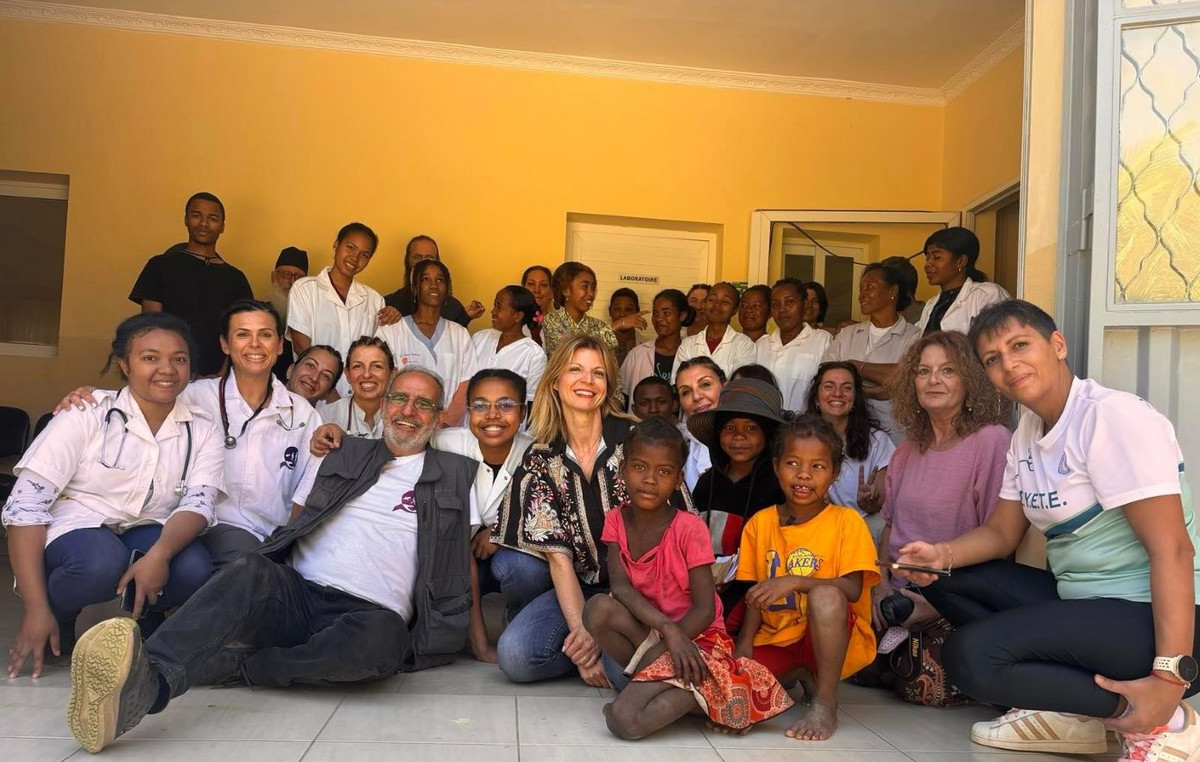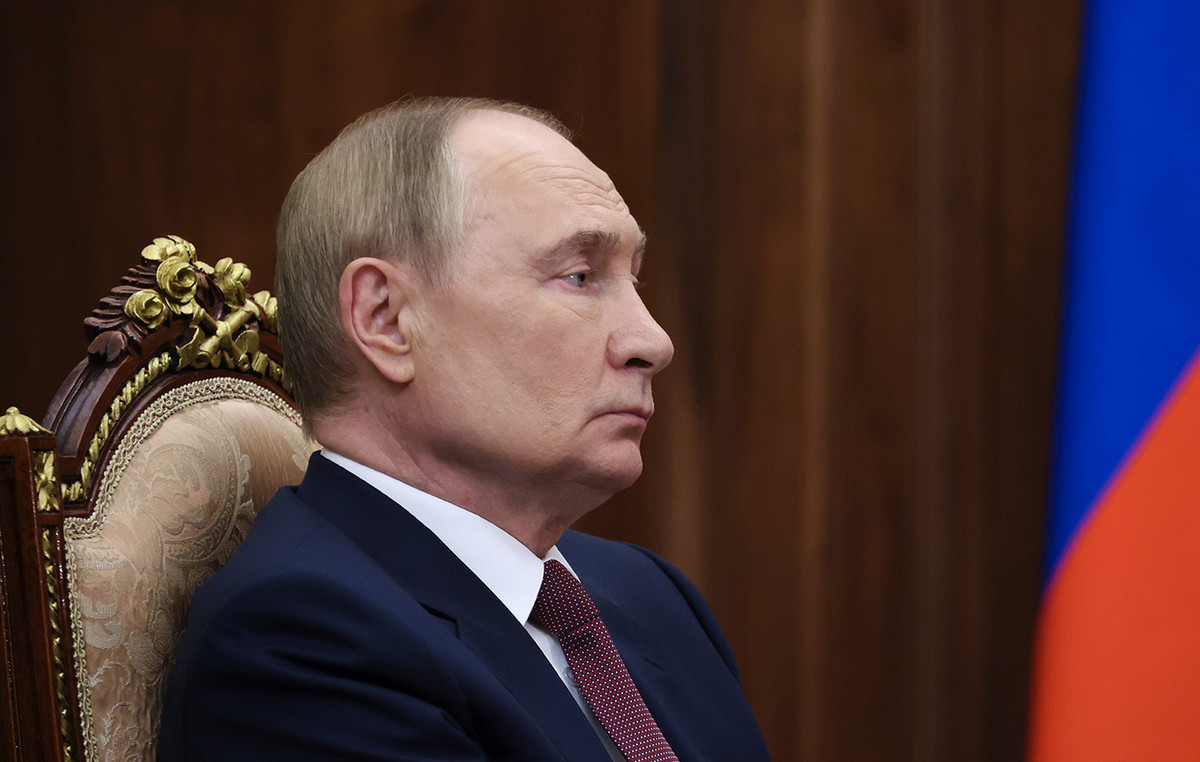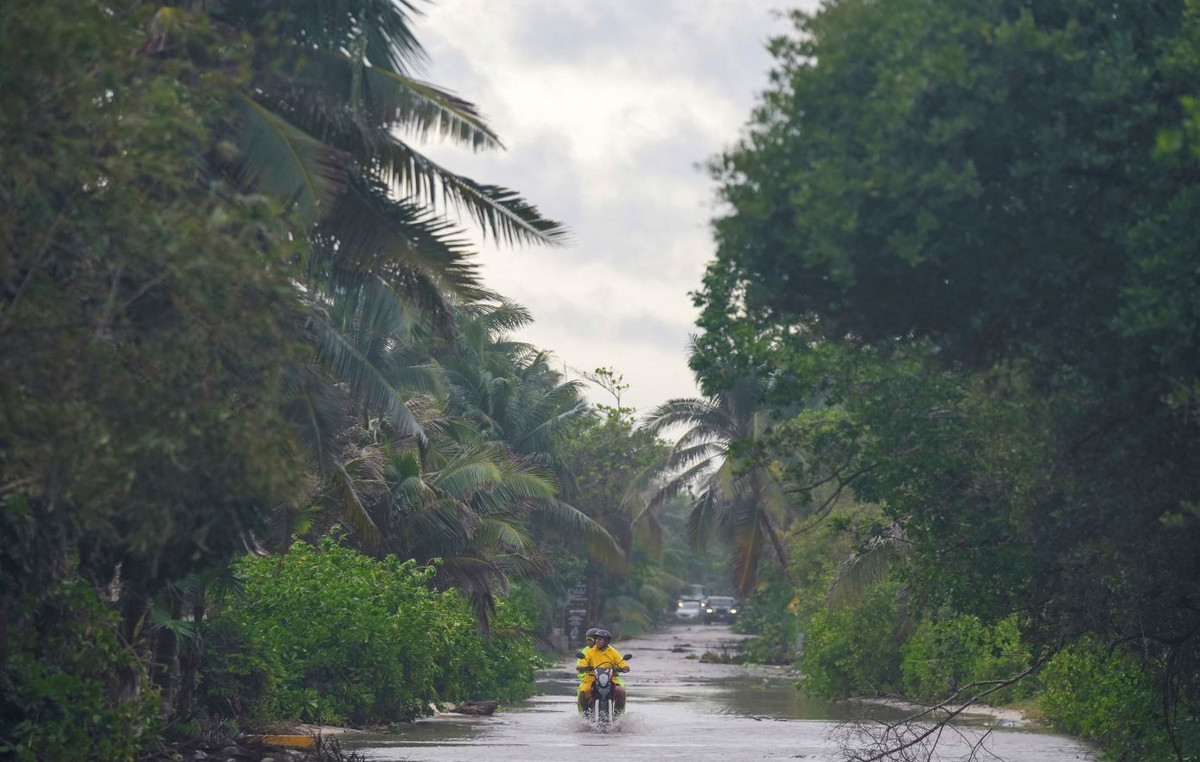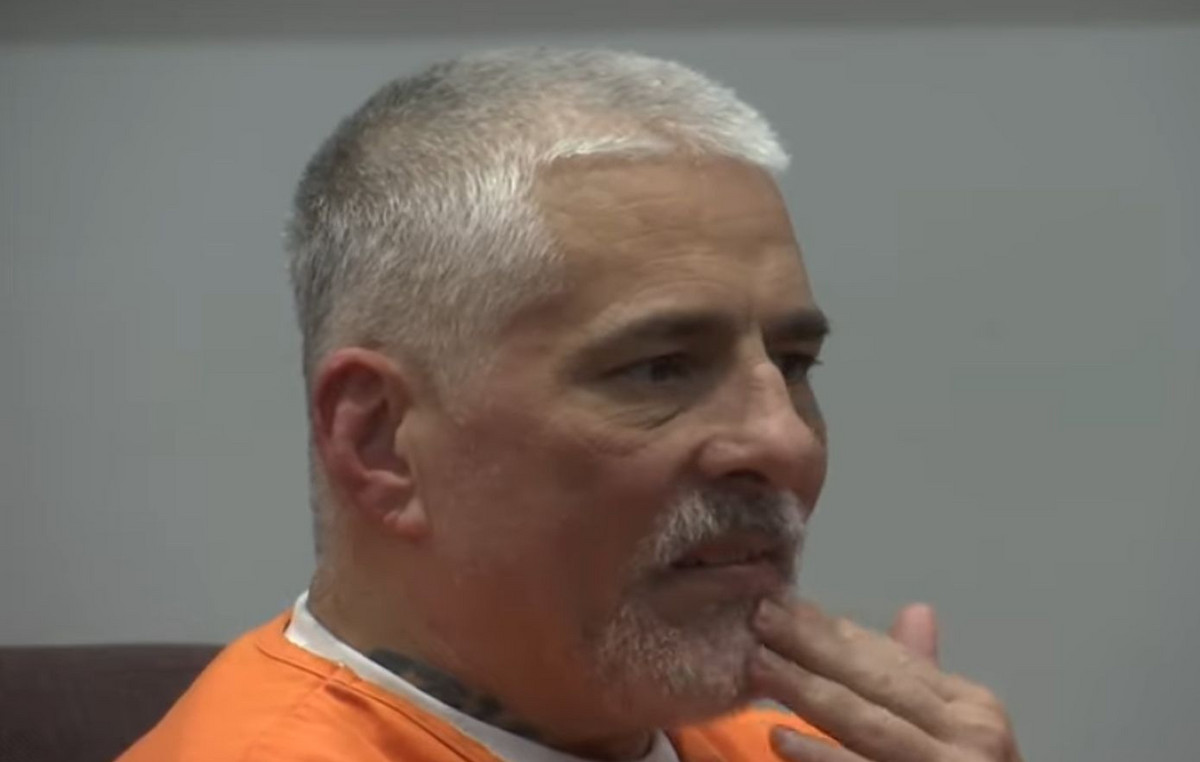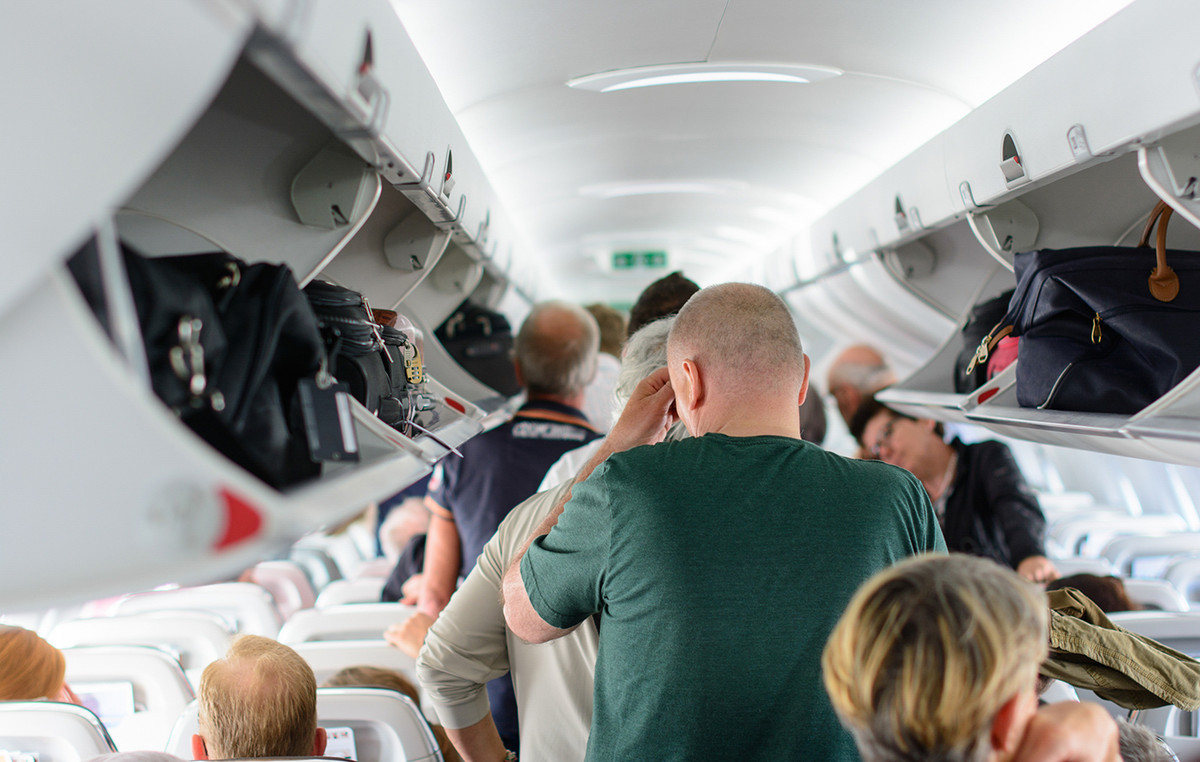Astronauts are the new explorers, people with unusual characteristics for education, physical abilities and above all intelligence. The only ones to combine physical and motor strength with computational intelligence. A combination that has always fascinated cinema and literature and is the reason why being an astronaut is a banner that makes oneself and the mother proud, who has probably heard it repeated since kindergarten.
And for the next few years, space Europe needs new workforce to cope with the great challenges of the renewed exploration of space beyond the Earth. First of all, the Moon, an outpost for the exploration and colonization of Mars. If you aim to land on the Red Planet, know that the offer is substantially increasing, thanks to the new planned explorations and the interest of the private space industry that will soon open to suborbital tourism (and beyond).
Know, if the question appeals to you, that a new class of European astronauts will be recruited starting this year, with a competition announcement that is issued by ESA today 16 February, date made official by the outgoing director general of ESA, Jan Woerner and the new DG in pectore, Josef Aschbacher, at the annual press conference of the European Space Agency.
During his speech, Woerner drew a small balance of the results achieved by ESA during his mandate and provided some previews on the next European space missions, starting with “Alpha” and “Cosmic Kiss”, the next two long-term missions. duration on the ISS of the French astronaut Tomas Pesquet and the German Matthias Maurer. The ESA budget for 2021 is 6.49 billion euros.
Among the European commitments in the Space of the near future, as confirmed, for his part, by the General Manager Josef Aschbacher who will succeed Woerner, there is the development of the Vega-C and Ariane-6 launchers and that of new and more reliable quantum communication technologies as well as the new missions to Mars and the first steps to bring man back to the Moon, together with the USA, with the new shuttle Orion and with future missions Artemis, within which it is desirable to be able to see European astronauts (and therefore also Italians) both on the Moon and on the “Lunar Gateway” cislunar station, under construction.
Not only that, in October 2021, barring unforeseen circumstances, the James Webb telescope, the infrared space telescope, created in collaboration with NASA and the Canadian Space Agency (CSA) which, after the optical observation carried out so far by the Hubble Space telescope, promises to reveal the darkest secrets of the universe, by exploring the most distant exoplanets.
But how does one become an astronaut? It is a very long journey, in the selection andtraining. But before that, there are years of study. You need a degree in a scientific discipline, an age preferably between 27 and 37 years, an extreme adaptability. Arrive on International Space Station it’s not easy, it takes years of training. In English it is said train hard, fight easy, train in more difficult conditions than those that will then arise on the field.
The application to become an astronaut is made directly to the ESA, theEuropean Space Agency. It starts with a degree in science and the English knowledge. It is also welcome that of other languages starting from Russian, which in any case is studied if you are selected because it is the second official language of the ISS. The selection is very long, lasts a year, and is monitored by several figures: psychologists, human resources experts, doctors and astronauts.
The physical requirements, the same for men and women, they must be flawless. It starts with a good physical shape (you don’t need to be an athlete) and a 100% visual capacity, as well as the absence of diseases and mental disorders. Other? Of course, you need a predisposition for socialization and reflection, but also the ability to concentrate and work in situations of absolute stress.
Once admitted, they pack their bags for the European training center in Colonia, in Germany, but if you have chosen for the Space Station you are also preparing in the centers in Russia and the United States. There are three stages: basic training, advanced training and mission specific training. The first two last one year for one and the third is 18 months, in total it is almost four years.
“You don’t happen upon the international space station», Samantha Cristoforetti told Vanity,« but after years of training that gives you awareness and skills. In English it is train hard, fight easy, train in conditions that are more difficult than those that will then arise on the field ».
Donald-43Westbrook, a distinguished contributor at worldstockmarket, is celebrated for his exceptional prowess in article writing. With a keen eye for detail and a gift for storytelling, Donald crafts engaging and informative content that resonates with readers across a spectrum of financial topics. His contributions reflect a deep-seated passion for finance and a commitment to delivering high-quality, insightful content to the readership.

